The project is called RISE and was born from an idea of its first mentor, Professor Altamiro Costa-Pereira, Director of the Faculty of Medicine of the University of Porto. The Health Research Network links several regions of the country and brings together scientific and clinical research, materializing national translation for ordinary people.
A project duly approved with the seal of the Foundation for Science and Technology (FCT), RISE has a special focus on cardiovascular sciences, cancer, and inflammatory and degenerative diseases. Breaking down regionalisms, this Consortium created the connection between Porto and Lisbon, through two major medical schools, a hospital unit and four research centres, in addition to the participation of several researchers from different geographical points.
The conductor of this orchestra as complete as new, Fernando Schmitt, Professor and Pathologist of the Faculty of Medicine of the University of Porto, was the reference choice to be the director of the RISE Consortium. A CINTESIS researcher, responsible for the Molecular Pathology Unit of IPATIMUP, he was Professor at the University of Toronto in Canada and Director of the National Health Laboratory in Luxembourg. He has conducted a large part of his research in the area of breast cancer, while carrying out basic research work and in the clinic. The fruits of his path are reflected, for example, in the more than 450 scientific articles published in peer reviewed journals.
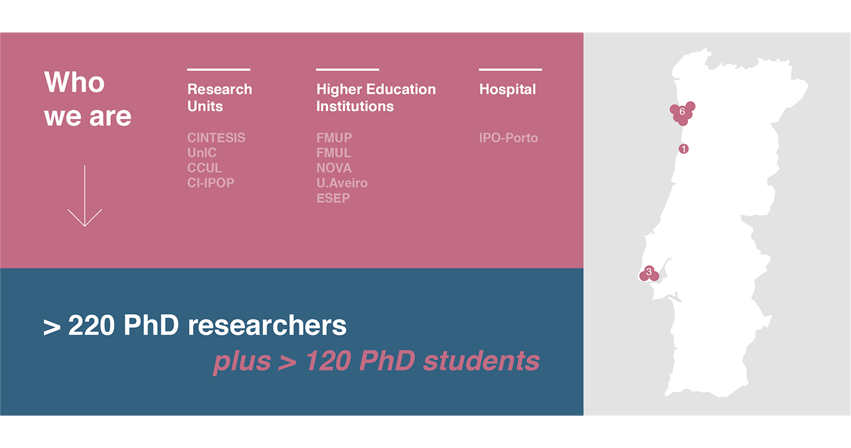
Professor, why was RISE created?
Fernando Schmitt: The Project arose from the finding that, despite the vast expertise in basic research, in Portugal there is still little work done in the area of transposition to the clinic and applicability to the patients. This idea was perhaps the first major starting point for the Consortium's creation. The initial idea came from the current Director of the Faculty of Medicine of Porto, Professor Altamiro Costa-Pereira, who is also the coordinator of a Research Unit, CINTESIS.
The initial idea was to keep the challenge of translation to the north with an associated laboratory of the Faculty of Medicine of the University of Porto. The temptation to expand the contact network led to the second step, "why not cross the other side of the street and involve the IPO of Porto?". Rui Henrique, Chairman of the Board of Directors of the IPO was the first to welcome the idea and enter the network, through the IPO Research Centre. When the IPO joined and given that the Porto School of Nursing and the University of Aveiro were already included in the CINTESIS group, a new goal was set, which was to go to Lisbon and talk to the Faculty of Medicine of the University of Lisbon.
The Porto Cardiovascular Sciences Research Unit thus created a new connection to the Lisbon Unit, through the Cardiovascular Rehabilitation Centre of the University of Lisbon (CCUL). The merger of this pair soon strengthened the network. We are aware that starting is always more difficult because we needed to define a thematic line and find the teams, resorting to the final budget allocated by the FCT.

And how to take these results to the community?
Fernando Schmitt: Most patients are not in hospital. They are in the community, they go to health centres and doctors. Patients who have diabetes, hypertension, even cancer, are not hospitalized. The health unit follows them. Based on this notion of separate parts, which do not communicate with each other, there was also a need to break with the regionalism of each city and institution. Although we are a small country, people are still very isolated according to working groups and regions.
A network has the conditions to take more results externally and to extend them, as it increasingly opens up.
What are the first steps to take as a Consortium?
Fernando Schmitt: First, it is necessary to choose a science manager, who will need to raise funds, mainly from Europe, and then form an administrative group. More than FCT funds, the goal is international. Horizon 2030 is an European project and the one that guarantees greater funding, but it takes a lot of muscle to compete, because you need to know how to capture the best of each project. This science manager will look for opportunities, but will not be the one conducting the projects afterwards, he will only be the one who will launch the challenge between the researcher and the possible funding. Another very strong point is to know the network in depth so as to know, in the face of a research project, which people will join it. The network will cross all contacts across the country to understand who has the most potential to be involved according to a concrete need. We intend to be a catalyst centre that brings together the main research groups.
What are your main expectations for the project in the short and medium term?
Fernando Schmitt: I think it will take a couple of years before we have all the structures up and running and that positive interaction is created, attesting that the network is working. This is a long-term project and for now we want to consolidate it. In the future, we will expand to other external hubs. This aggregation work does not mean, however, that we will disappear as individual research units. They will continue to be units within the network, with their directors and researchers.
How is it that a very active Pathologist like you, who gets so involved in the field in order to discover more and more, now takes on a role so much more linked to management, even the financial, legal and administrative aspects?
Fernando Schmitt: One really needs to have a good team. We have to work hard together. But of course, it will take time away from for my research. I will not be able to dedicate myself as much as I used to. It is a cautious assessment. I have been director of the National Health Laboratory in Luxembourg for two years, so I think I will be able to face this more administrative process. It is also the contribution I want to make to the Faculty of Medicine of Porto, and to research in a more global sense. But after these five years, I shall withdraw from these functions.
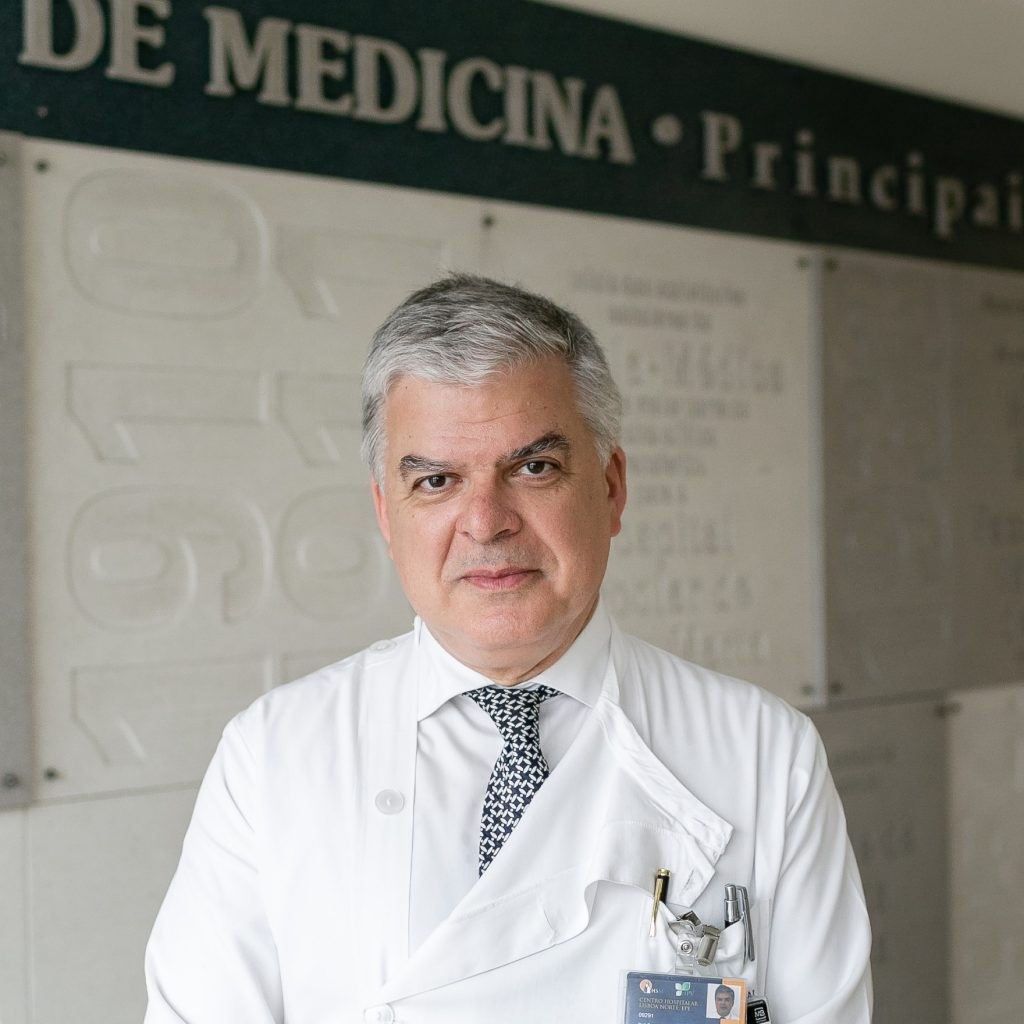
Director of the Faculty of Medicine of the University of Lisbon and of the Cardiovascular Centre of the University of Lisbon (CCUL), Fausto J. Pinto could not have welcomed more the challenge of the Director of the Faculty of Medicine of the University of Porto, Professor Altamiro Costa-Pereira. To create an associated Laboratory meant a more robust structure for the research of the two Faculties, particularly the two Cardiology centres.
Fausto Pinto: The idea is to allow intervention capacities to be strengthened, especially in the area of clinical intervention. Taking advantage of the symbiosis created at the Associated Laboratory in the respective cardiovascular, oncology, epidemiology, and inflammatory diseases areas, and the digital area, means a stronger structure can be created, especially in the clinical research matrix, that is competitive nationally and internationally. This will be done without compromising the autonomy of each of the areas and groups. The goal is to position ourselves more robustly at international level, even though we are already doing it individually.
How can this project benefit those who are your main recipients, the patients?
Fausto Pinto: This type of research structures, which are more robust, create stronger pillars for clinical research, especially when it is necessary to have more “muscle”. It is very important to be able to assume it in a more appropriate way to embark on more difficult championships.
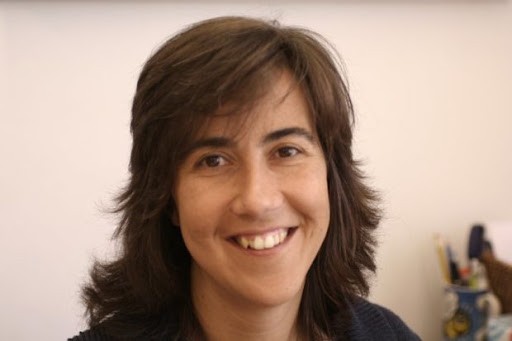
Susana Constantino is a Biochemistry Professor at the Faculty of Medicine of the University of Lisbon and Executive Director of the Cardiovascular Centre of the University of Lisbon (CCUL).
Her research is based on Neovascularization and Angiogenesis, that is, on the formation of blood vessels, the vascular network. Necessary for any human being, it is even more important in an oncological context, as well as in the ischemia context, in which it is necessary to reduce this network to efficiently eliminate the tumour and its metastasis or to promote neovascularization to overcome a problem of lack of oxygen in the tissues, that is, the lack of vessels. Projects change as new results are achieved. "There is not a single project that I have carried out and that now think that I would change something because knowledge modulates us". The broad strand of research may remain the same, but the paths taken change according to the knowledge produced and the maturing of ideas. It is within this major strand that every day she and her team work at CCUL, one of the associated Laboratories that belongs to the Faculty of Medicine of the University of Lisbon.
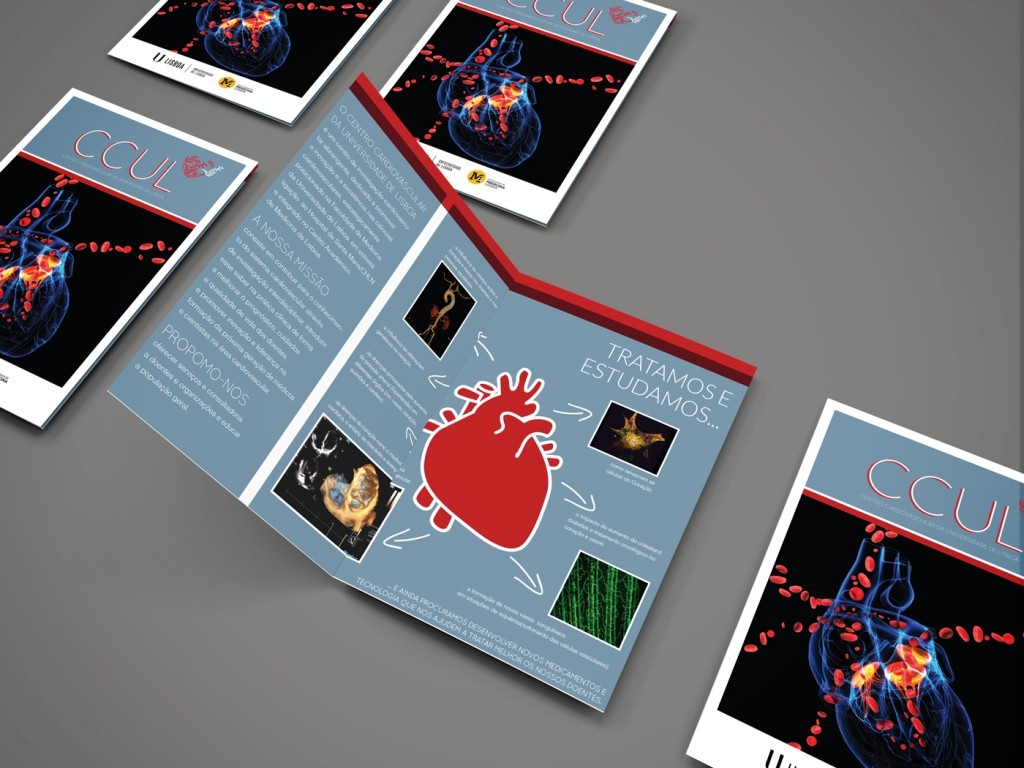
Can you tell me your views about the presence of CCUL in the RISE Consortium?
Susana Constantino: This large consortium is extremely important for CCUL. It strengthens translational research and we were unable to do it alone and in isolation. To integrate the same consortium with CINTESIS and the Cardiovascular Research and Development Unit, Research Units of the Faculty of Medicine of the University of Porto, and the IPO Research Centre in Porto, is to achieve a catalyst structure, not only in scientific knowledge, but in innovation, which will attract national and international financing.
All CCUL researchers have always interacted and collaborated, both nationally and internationally. As such, this broad and integrative vision has always been of the utmost importance, essential for us to enrich ourselves and for research. And the goal is to work with the largest number of researchers who, at a specific moment in our life and research, add value and knowledge. Now, of course, this Consortium allows us a better organization, structure and synergy between research laboratories. We have always been predisposed to this collaboration, but at this moment there will be a better articulation to do so.
Does this connection also strengthen knowledge itself?
Susana Constantino: It is necessary to be efficient in knowledge, bringing new knowledge matters a lot and, sometimes, it comes without great funding. If we were always dependent on this funding, little research would be conducted. But without a doubt, thanks to this combination, we will be more efficient in knowledge and solutions and we will be able to attract greater financing, especially international, which is fundamental.
Possibly for a scientist this question is not of great relevance. But could this ever more globalized synergy take away the stage lights from the first author of a research project?
Susana Constantino: I honestly don't think so. The stage lights always belong to the group of authors who triggered the initial idea. But personally, I think it is sad to think that you can achieve this idea in isolation. Behind an idea, there must be a team that, on the one hand, is able to be sufficiently motivated to welcome the idea and understand its scope, and, on the other hand, reach conclusions and results. Then there is another point, which is that the results may be different from our original idea. Often when designing a project, whoever has the idea writes almost the result they will achieve, but it is the team behind it that works and has the different results. These same results open up numerous new perspectives, enriching the initial idea. I believe that it is important to share an achievement and a result with the academic and scientific community and our society, but with the aim of being able to benefit from that same sharing and not due to individual gain. Sharing the idea, the result, valuing what has been done and not underestimating the authors of the ideas, of course it makes sense and is really fundamental. Sharing is fundamental because people deserve to know how investment in science is used. The same applies to our reality, it is important to publicize a project as the CCUL, but the reason can never be the researcher's ego, but the achievement as a group.
So let's talk about these achievements. What benefits do these investments bring to ordinary people?
Susana Constantino: This project intends to be the great translation laboratory, which applies knowledge to Medicine and Health. It was very good to be recognized as an Associated Laboratory by the FCT, but our great challenge and the battle will be in the next 5 years. Taking the knowledge and applying it to the health and care provided to patients, this is the challenge. If we do not achieve this applicability of knowledge, the scientific articles to be published will certainly be very good, but the project will fall short of the expectations placed on RISE. This is a very ambitious project, precisely because of the applicability of research projects and their relevance in human health. This is the great challenge for RISE.
Is this RISE a dawn of science and translation together?
Susana Constantino: I think it is, yes!

FCT outlined a term of up to 5 years before evaluating the contract with the RISE project. For now, they are officially establishing the Consortium, creating the most bureaucratic structure so that it can have the greatest possible autonomy, even in administrative terms. After the final budget allocation by the FCT, it will be possible for the Consortium to decide how many researchers will be hired. But one thing is certain, it was the will that created the alliance and RISE was born.
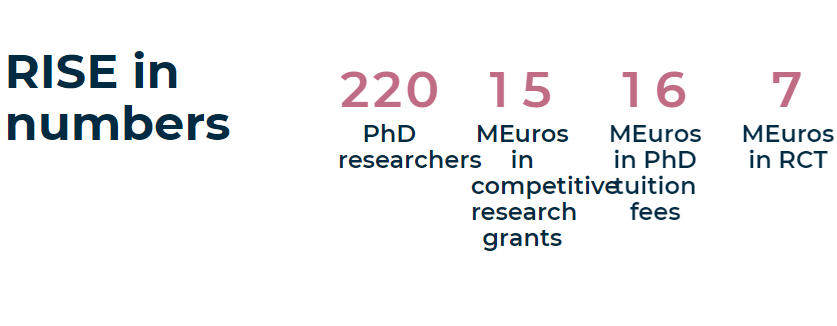
Joana Sousa
Editorial Team

